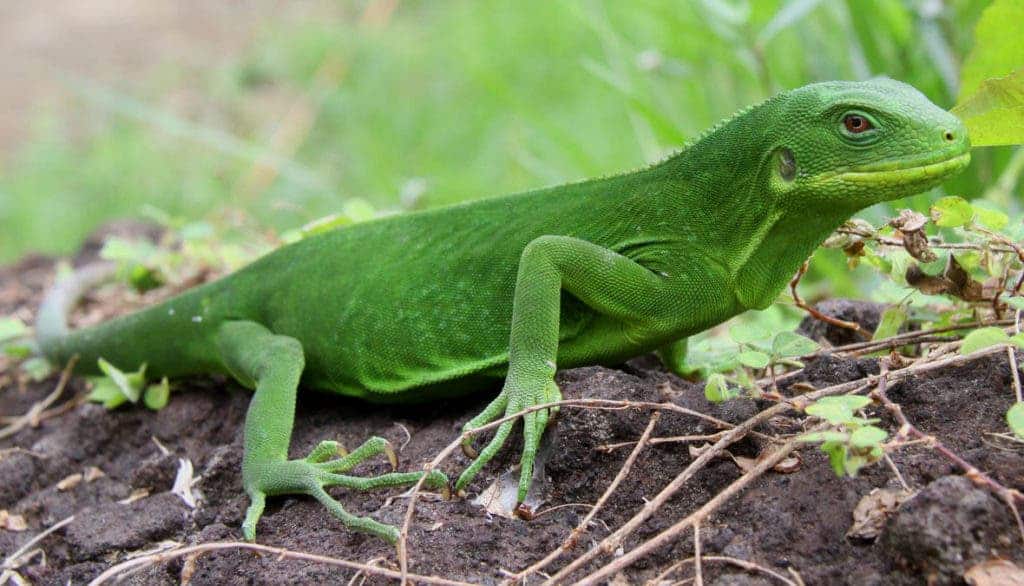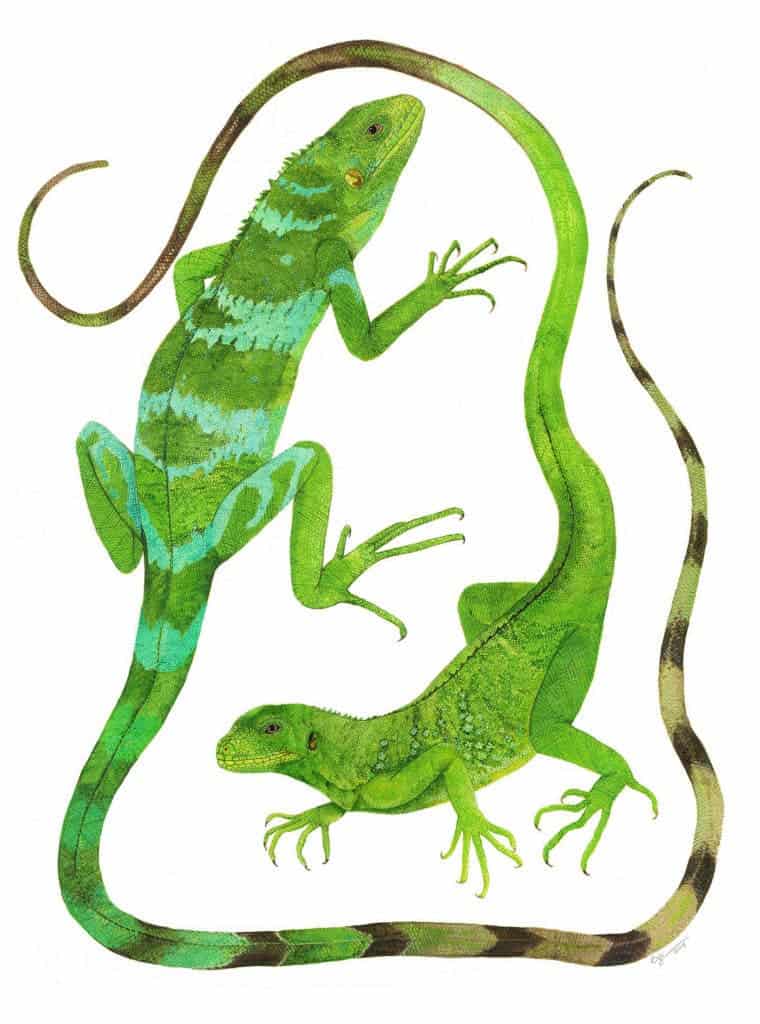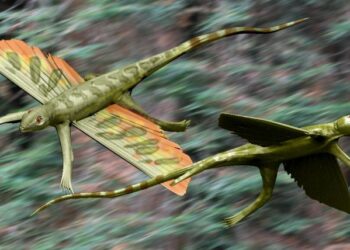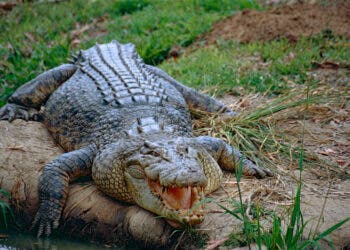Working in the Fiji islands, biologists have discovered a new species of lizard. The newly discovered species in an iguana, one of the only four living species of South Pacific iguana.

The iguana was found on the island of Gau, a relatively small island with an area of 136.1 square kilometers, which hosts a rich biodiversity. The first time iguanas were found on Gau Island was in 1854, when a survey ship by the name of HMS Herald carried Scottish naturalist John MacGillivray to the Fiji islands. MacGillivray spent his time there detailing his encounters with native wildlife in his journal and describing the species he found. They found several iguanas, comparing what they found to specimens existing at the University of the South Pacific Herpetology Collection, Suva, Fiji and the British Museum of Natural History, London. They learned that they were dealing with three new species of iguanas, which they collectively named the South Pacific iguanas. This one is the fourth.
The Gau iguana has visible physical differences to its counterparts. It’s the smallest of the group, 13 percent smaller than the second smallest species, and 40 percent smaller than the largest species. It also features a distinctive coloring, including green throats on both males and females (in other species, male iguanas never have solid green necks). Researchers say this new species is yet another testament to the stunning biodiversity that Fiji boasts.
“These types of discoveries continue to surprise us in Fiji, where we are showing a much richer reptile fauna than was previously known to exist,” said Robert Fisher, research biologist with the USGS and lead author of the study.

There may very well be many other species (including potential iguana species) on the islands, just awaiting to be discovered. Several islands in the area have never been properly surveyed by biologists.
“We still don’t know exactly how many species of iguana there might finally be on Fiji’s 300 islands,” said Peter Harlow, terrestrial biologist with Taronga Conservation Society Australia. ”Many islands are still to be surveyed. On my first trip to Fiji there was just a single known species, and today we have four species.”
For now, researchers will try to learn more about this new species, figuring out its preferred habitat and behavior. However, just identifying and finding the iguana is not nearly enough — the team also wants to establish a conservation plan for it. Pacific iguanas face numerous threats from habitat loss and invasive species (feral cats, rats, goats, and mongoose). Just a small, isolated parts of the island still remain pristine and undamaged.
Journal Reference: Robert N. Fisher, Jone Niujula, Dick Watling, Peter S. Harlow — A new species of iguana Brachylophus Cuvier 1829 (Sauria: Iguania: Iguanidae) from Gau Island, Fiji Islands,






